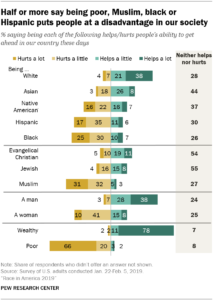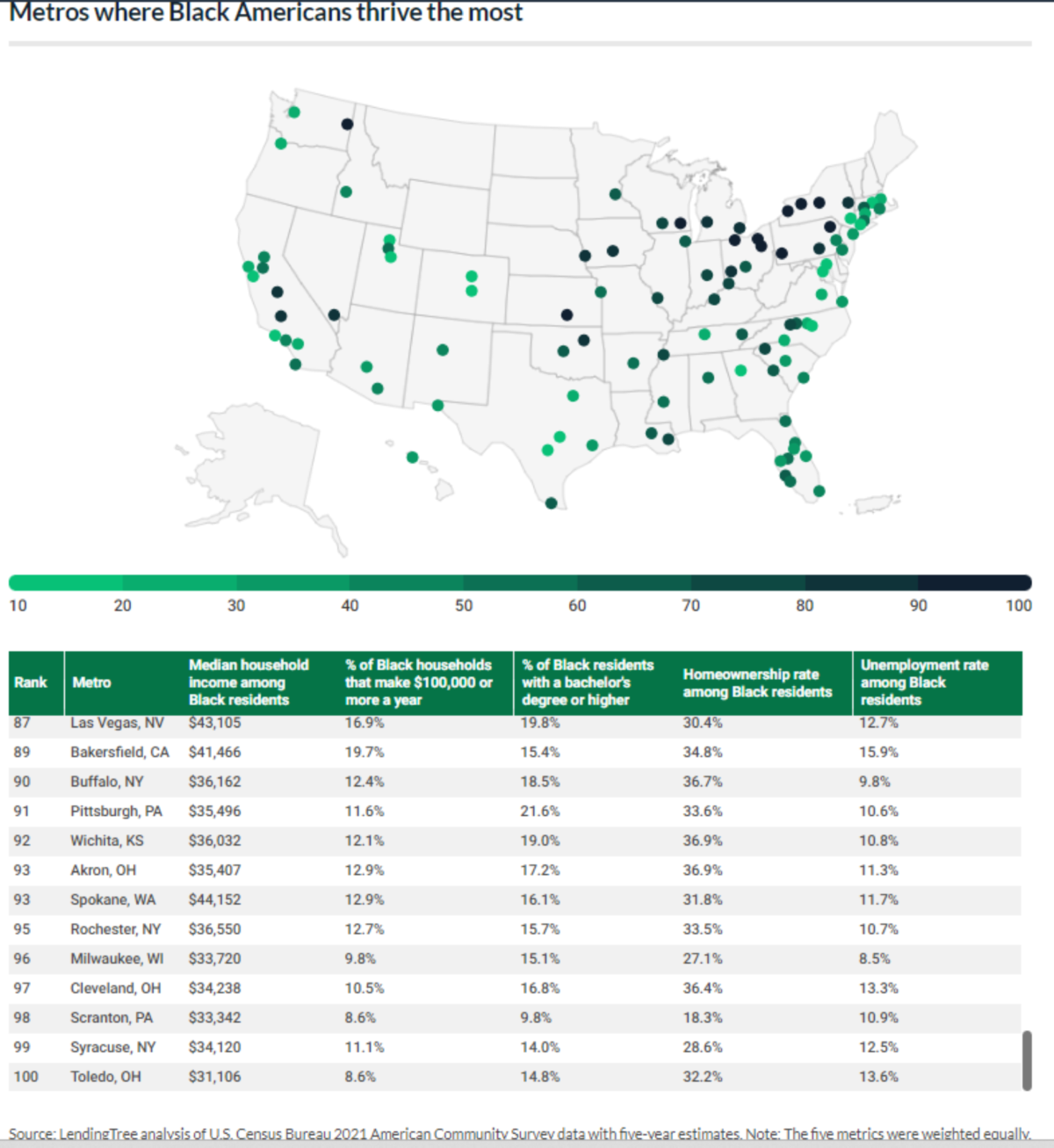|
|
By Ron Calhoun
The City of Cleveland is pushing to increase the population in Cleveland, buzz word “Density” by promoting development. The City Planning Commission is now pushing legislation with the purpose of making development easier with fewer restrictions to be presented and approved by Cleveland City Council. This new legislation will create what is called “Form-based coding”. Makes you wonder why and who is really pushing this agenda with so many other issues to address in this city.
It reminds me of that great decision to make Carnegie Ave. a two-way street at certain times of the day. Remember when you would drive and turn on Carnegie Ave. and suddenly remember to look at the time and look back up and four lanes of traffic were coming at you. The traffic flow was for the benefit of those coming in and out of the city from the suburbs. It didn’t make sense then and now we realize it was ridiculous. Let’s be hopeful that “Form-base coding” will not result in the same ridiculousness. So what is “Form-based coding”?
“Form-based coding” is a special set of rules cities use to plan how buildings and public spaces should look and function. Instead of just focusing on what type of things can be built in an area, it looks at how those things should be designed to fit well together. This helps make neighborhoods more organized and better for people to walk around.
Before Cleveland decides to use form-based coding, it should first work on fixing some big problems it has. These problems include:
- Economic Disparities: Cleveland struggles with high poverty rates and income inequality, which contribute to socioeconomic challenges for many residents. Limited access to quality education, healthcare, and employment opportunities exacerbates these disparities.
- Racial Inequality: African American residents in Cleveland, like in many other cities, face systemic racism and discrimination, leading to disparities in areas such as education, employment, housing, and healthcare. This longstanding issue has
 deep historical roots and continues to affect the city’s social fabric.
deep historical roots and continues to affect the city’s social fabric.
- Political Leadership: Concerns about leadership quality and effectiveness in addressing the city’s problems have been raised. Ineffective governance, corruption, and lack of accountability can hinder progress in addressing pressing issues and implementing inclusive policies.
- Infrastructure and Public Services: Cleveland’s past investment in infrastructure, including transportation, housing, and public services, is inadequate and in need of significant improvement. Recent approve $163 million investment in infrastructure maintenance and development could boost economic growth and quality of life for residents, but that is yet to be proven.
- Crime and Safety: Like many urban areas, Cleveland grapples with crime and safety concerns, which can further exacerbate residents’ sense of insecurity and contribute to socioeconomic challenges, particularly in low-income neighborhoods.
Addressing these obstacles requires comprehensive strategies that involve collaboration among community leaders, policymakers, businesses, and residents. Efforts to promote economic development, improve education and healthcare access, reform law enforcement practices, and advance racial equity are essential for fostering a more inclusive and prosperous future for all Cleveland residents.
Form-based coding can be helpful for cities to grow in a smart way and keep the character of neighborhoods intact. But in Cleveland, where there are big gaps between rich and poor, racial unfairness, and doubts about leadership, using this type of coding might not be the best idea right now.
Form-based coding can make neighborhoods more organized and better for walking, but only if everyone is treated fairly. In Cleveland, where some people have more advantages than others, using these rules might actually make things worse for those who are already struggling. It could lead to gentrification, where poorer people are pushed out of their neighborhoods because of fancy new developments.
Also, using form-based coding means spending a lot of money on things like roads and parks to support new buildings. Cleveland might not be ready for that yet, especially since there are already problems with things like roads and safety.
So before Cleveland jumps into using form-based coding, it should focus on fixing the bigger issues it has. Once those are taken care of, then using these rules could be a good idea. But until then, it might be better to wait.





